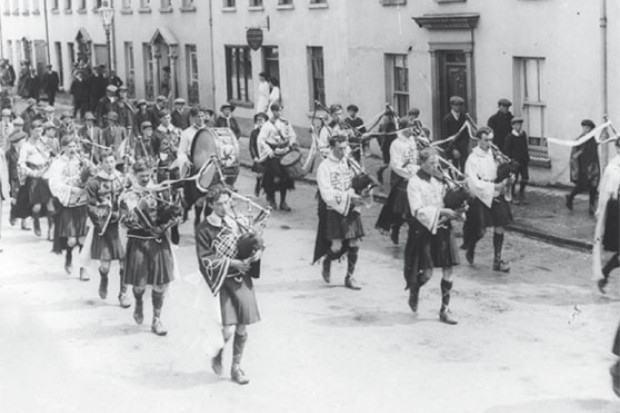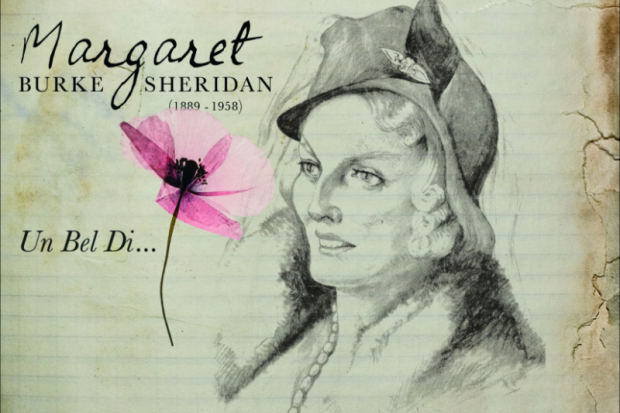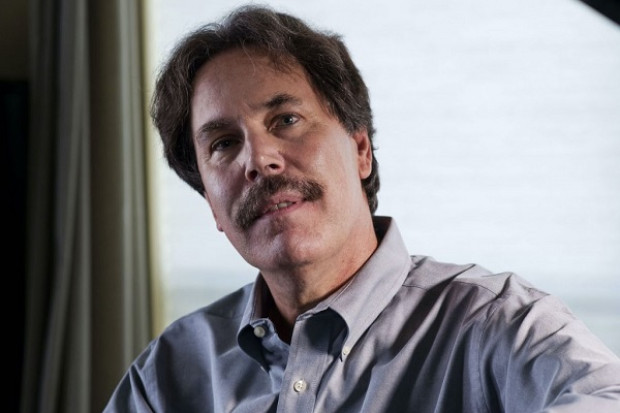Letters: Musical Texts of the Elite
Professor Leith Davis, Simon Fraser University, Canada, writes:First, my thanks for including a review of my Music, Postcolonialism and Gender in the May/June issue of JMI. It isn’t often that an academic book featuring eighteenth-century texts gets...
Professor Leith Davis, Simon Fraser University, Canada, writes:
First, my thanks for including a review of my Music, Postcolonialism and Gender in the May/June issue of JMI. It isn’t often that an academic book featuring eighteenth-century texts gets any press at all beyond academic journals on eighteenth-century texts. JMI is to be commended for taking seriously its mandate to bring together ‘new writing and ideas on traditional, classical, contemporary and improvised music in Ireland’ from a variety of venues. I also appreciate the opportunity to respond to Barra Ó Séaghdha’s review of my book.
There is indeed a case to be made for a book that attends to music of ‘the thousands of musicians [who] continued to sing and play the music’ outside of ‘drawing-rooms and coffee-houses.’ Niall Ó Ciosáin’s comments on the difficulties of documenting the ‘local and popular cultures of eighteenth- and nineteenth-century Ireland’ also apply to the musical sphere: ‘The words and beliefs of the majority are rarely, if ever, available in forms which are not heavily mediated’ (Print and Popular Culture in Ireland, 1750–1850, New York: St. Martin’s Press, 1997, p. 1). For its part, Music, Postcolonialism and Gender sets out to examine ‘texts concerning Irish music’ [my emphasis] printed during the eighteenth and nineteenth century that contributed to the representation of Irish national identity at home and abroad. By its nature, then, it focuses heavily on ‘products of Anglophone, educated society,’ as Barra Ó Séaghdha observes, as these are the products that, for the most part, were made available in print. However, the book examines these products in attempt not to reassert the hegemony of that Anglophone society, but to indicate the way in which native Irish music has worked to destabilise the power/knowledge conjunction that historically has placed native Irish inhabitants at the bottom of a political and cultural hierarchy – with often brutal consequences.
As far back as 1188, Giraldus Cambrensis’ Topography of Ireland reflects the ways in which native Irish music troubled the binary of colonised/coloniser, suggesting that this relationship was undermined even as it was being established. While Giraldus presented a disparaging account of native Irish life, he waxed eloquent about the ‘perfection’ and strange power of the music of Irish harpers: it is ‘unequal in its equality, discordant in its concord, most noticeably perfect when its perfection is concealed.’ Giraldus’ comments on native Irish music were used extensively during the eighteenth century by both Catholic and Protestant commentators, as they were read from the perspective of a developing hierarchy of the arts that accorded music the most mystical properties of all the fine arts. Music, in the words of the Irish Protestant-turned-Catholic philosopher James Usher, is ‘too confused and fluid to be collected into a distinct idea.’ It is in such a context, I suggest, that the discourse on Irish music – and please note this is ‘discourse’, not practice – gained much of its currency within the literate population. My book considers how the ‘fluidity’ and ambivalence attributed to Irish music in the eighteenth and nineteenth centuries made it a particularly compelling means through which a number of writers could address the terms of colonial power – and its mirror opposite, nationalism. This was the book’s purview, not to write a complete history of Irish music or ‘a comparison of Ireland with Germany, Denmark, England and other countries.’
Music, Postcolonialism and Gender also traces the way in which the terms of colonial and national power were represented in a gendered context. To correct a point made by your reviewer, it is not music itself that is ‘always potentially undermining assertive masculinity’ but the particular contexts in which that music is presented by both male and female figures in the eighteenth and nineteenth centuries that reflects gendered practices and ideologies that in turn contribute to the construction of a gendered image of the nation. In the case of an 1840 edition of The Ancient Music of Ireland, for example, Edward Bunting converted tunes played orally by mostly male harpers (there was one woman) at the Belfast Harp Festival (1792) into printed pianoforte music, re-presenting it in the context of nineteenth-century drawing-room culture in which women were the principle players of the piano. To give another example, the political impact of Thomas Moore’s songs, which in their original form with music and images, were remarkably radical, was compromised by the fact that the songs were presented as poems at a time when poetry itself was undergoing a gendered reappraisal and by the fact that Moore himself was represented as a frivolous and feminine figure, despite the more serious productions of his later years – works such as Memoirs of the Life of Sheridan (1825); Letters and Journals of Lord Byron, with Notices of his Life (1830); The Life and Death of Lord Edward Fitzgerald (1831). Moore, said the National Review (July, 1856), was ‘manly in the sense of being high-spirited, but he wanted something of the breadth of manhood.’ Such a comment reinforced an image of the Irish nation as unmasculine in the minds of English readers, Moore being still identified so strongly with Ireland at that time.
Barra Ó Séaghdha’s point about the phrase ‘Irish music’ is an excellent one that I struggled with in writing the book. ‘Irish music’ is the compromise I came up with, acknowledging that native Irish music was itself ‘an amalgam of many streams of native and European influence’ (Brian Boydell, ‘Music before 1700,’ in A New History of Ireland, vol. 4, Eighteenth-Century Ireland, 1691–1800, ed. T. W. Moody and W. E. Vaughan, Oxford: Clarendon Press, 1986, p. 546), that there was indeed music in Ireland that was not ‘Irish’ per se (Harry White has written eloquently on this in The Keeper’s Recital, University of Notre Dame Press, 1998) and that the term ‘native Irish music’ doesn’t really describe some printed collections of tunes that have little connection with the practice of native Irish players. I’m sure it’s an issue that, along with many others, will continue to be discussed as more scholars and writers join the discussion.
Published on 1 July 2007






